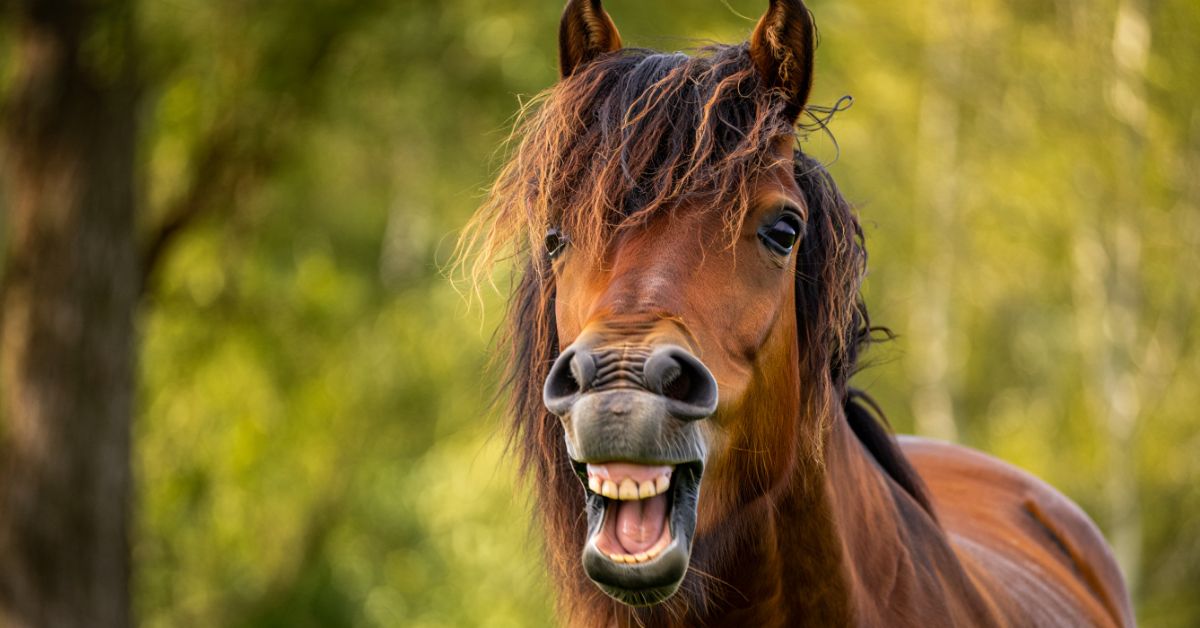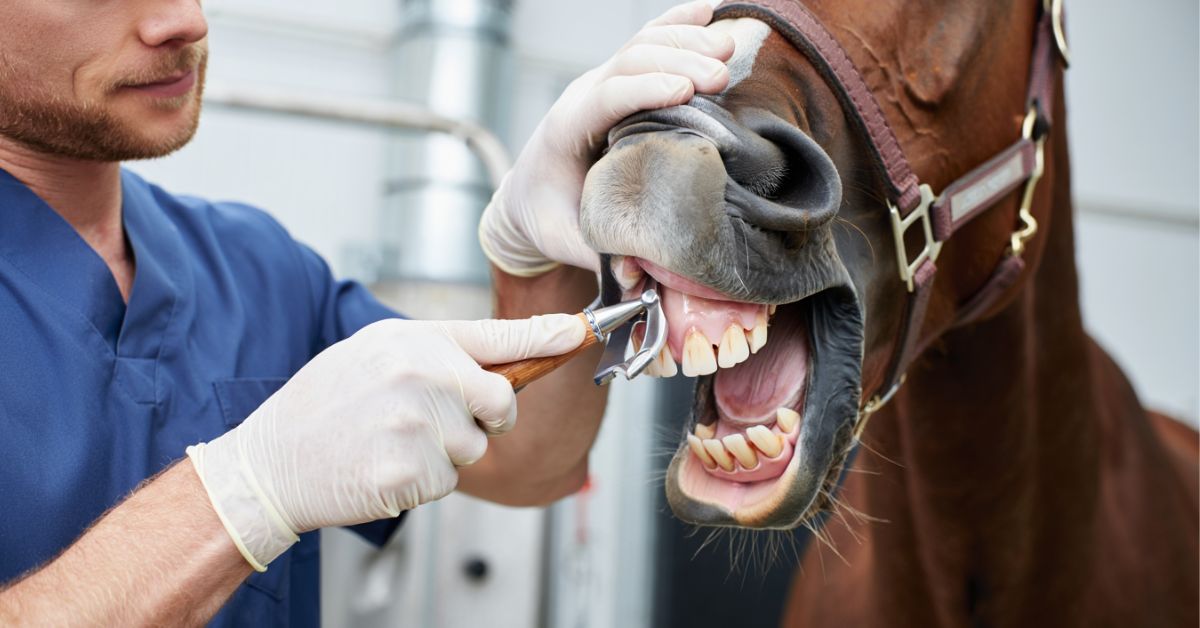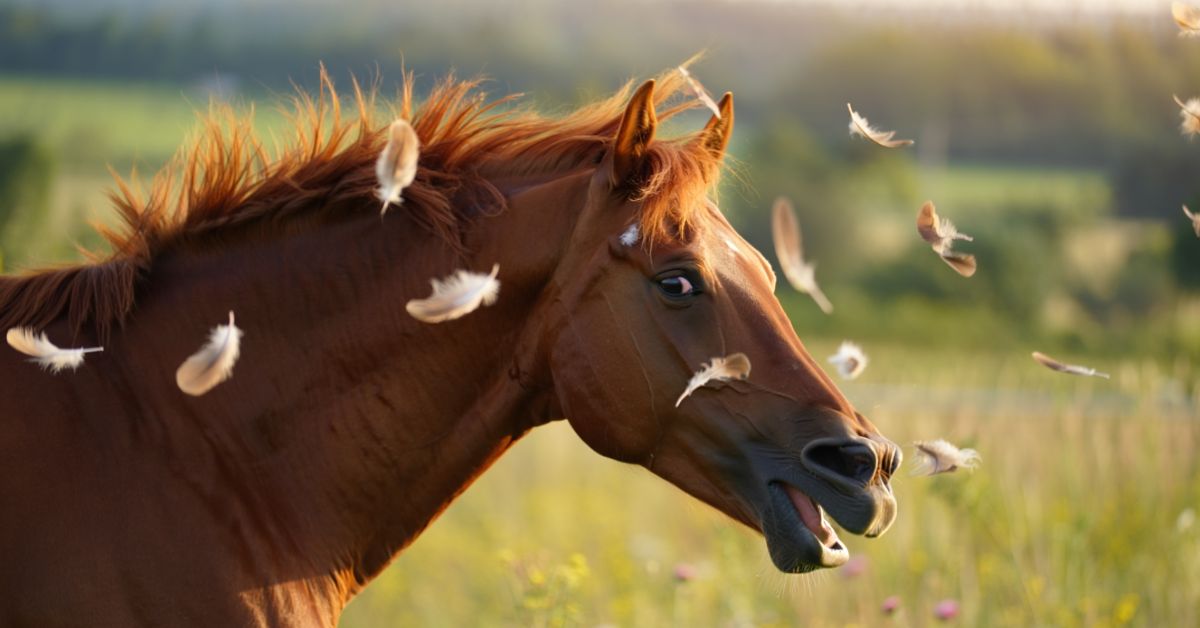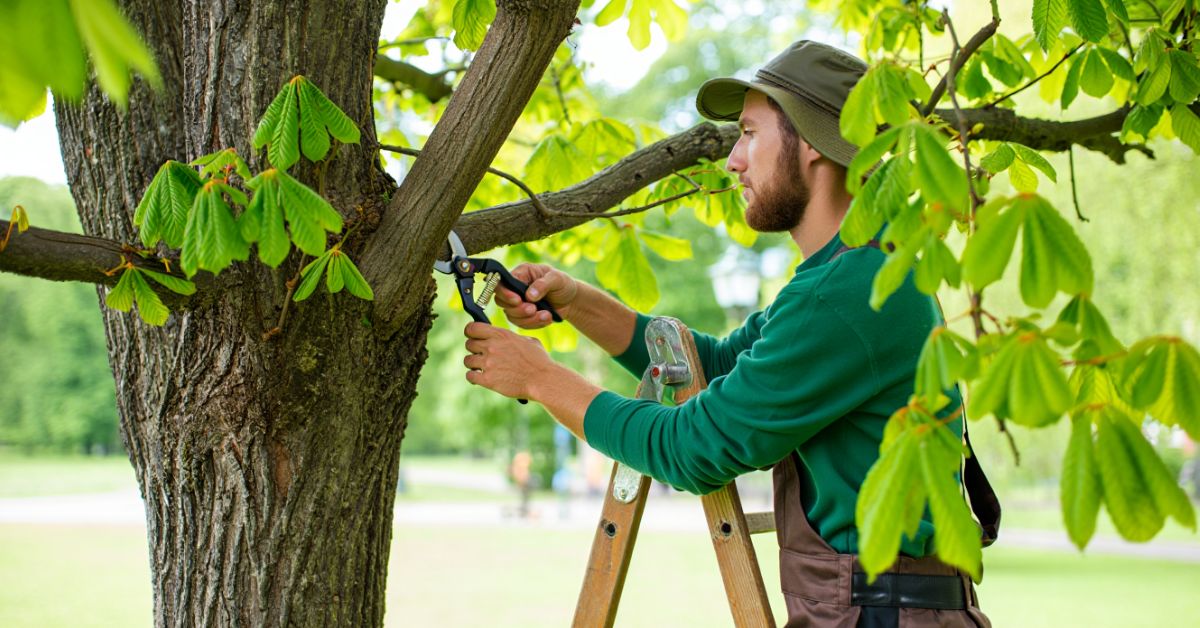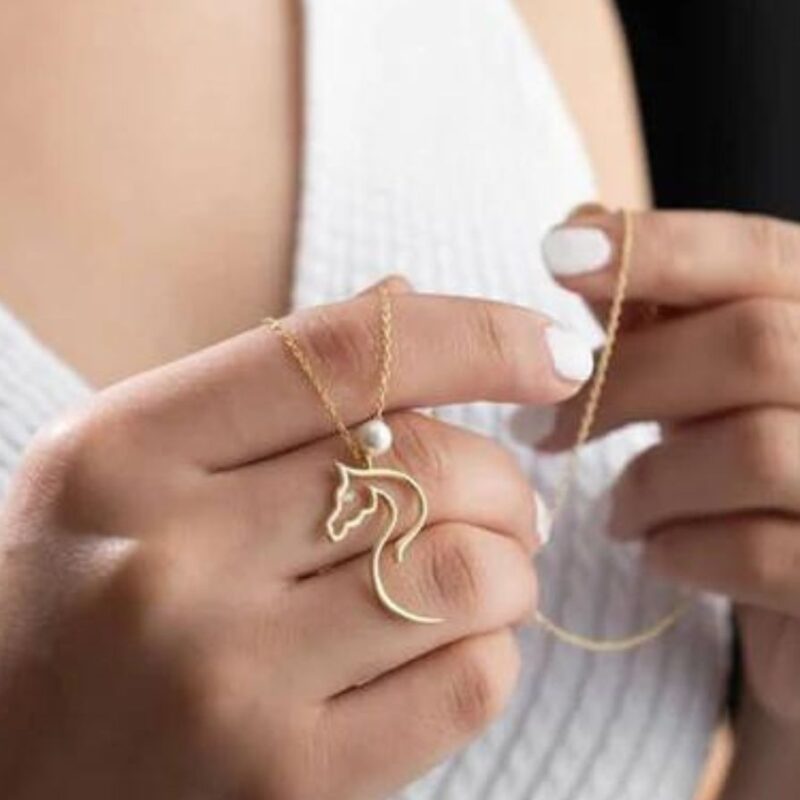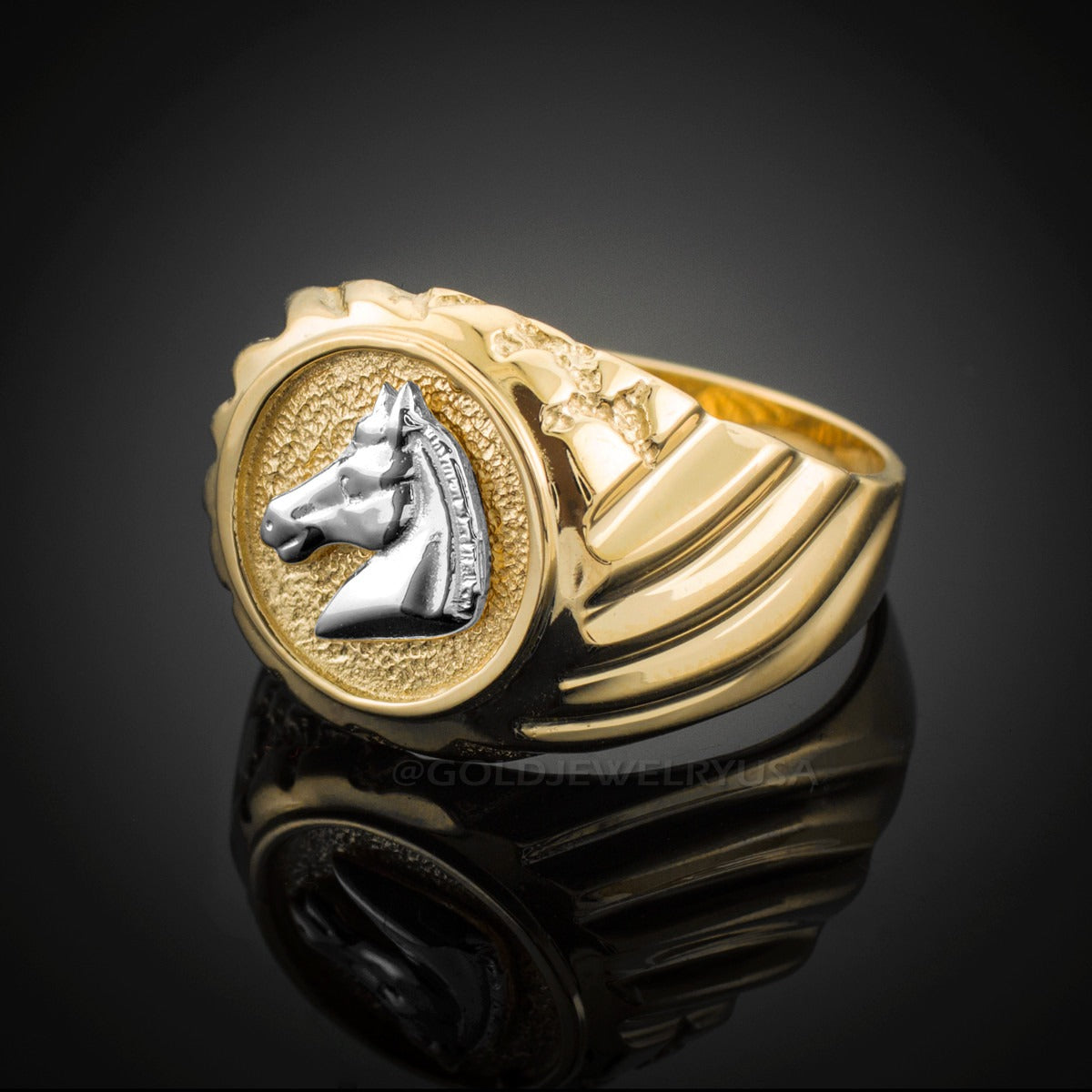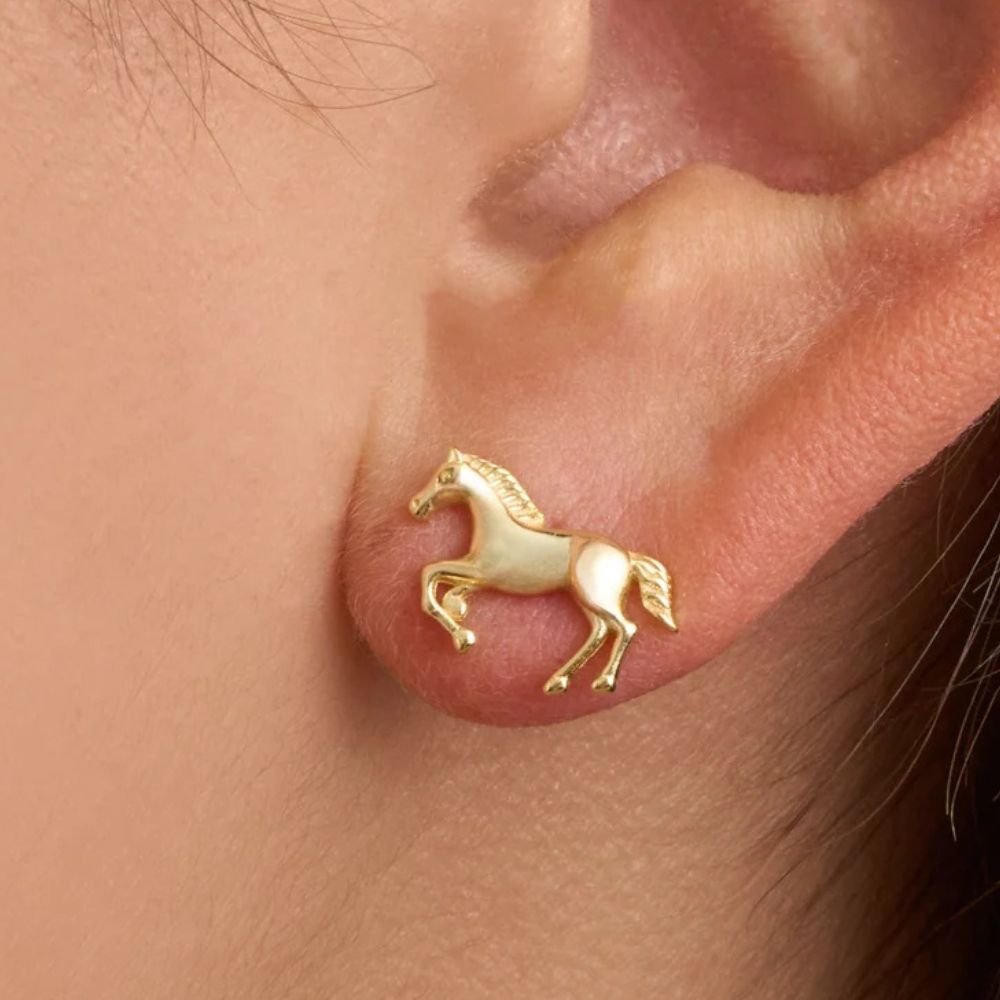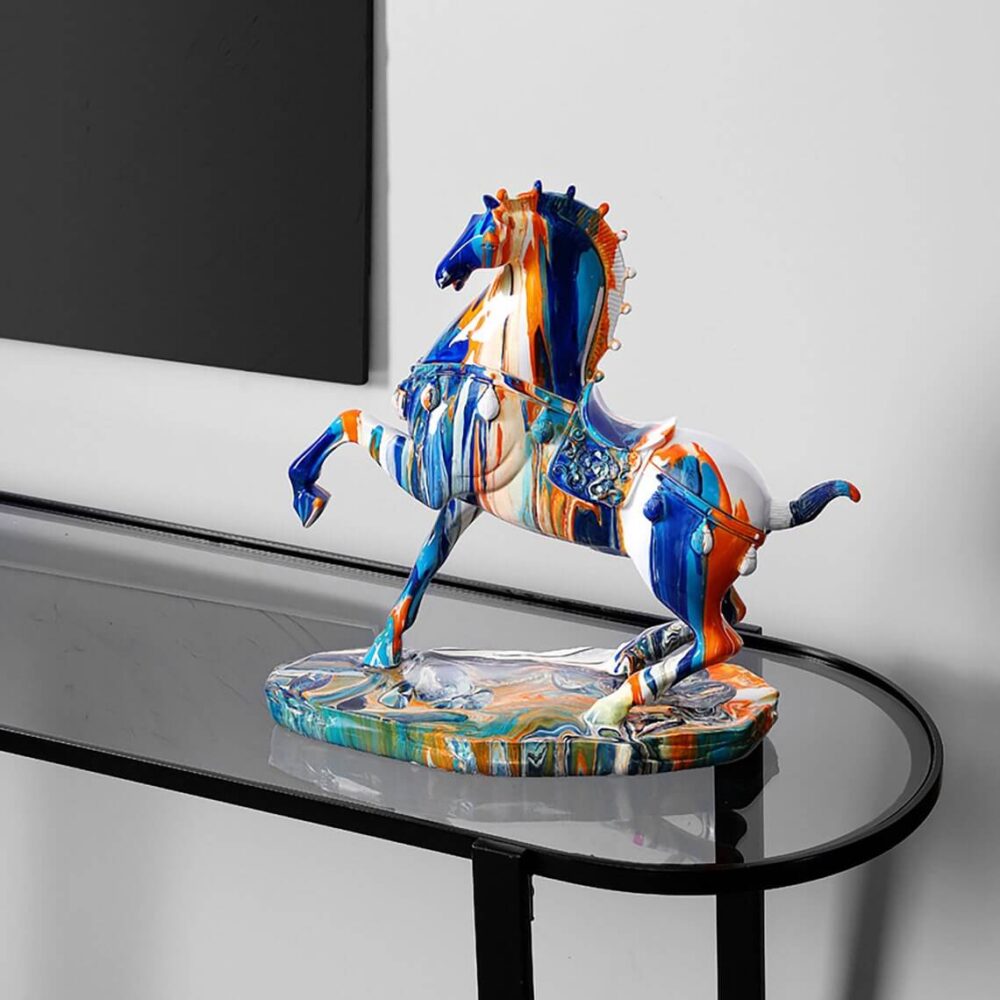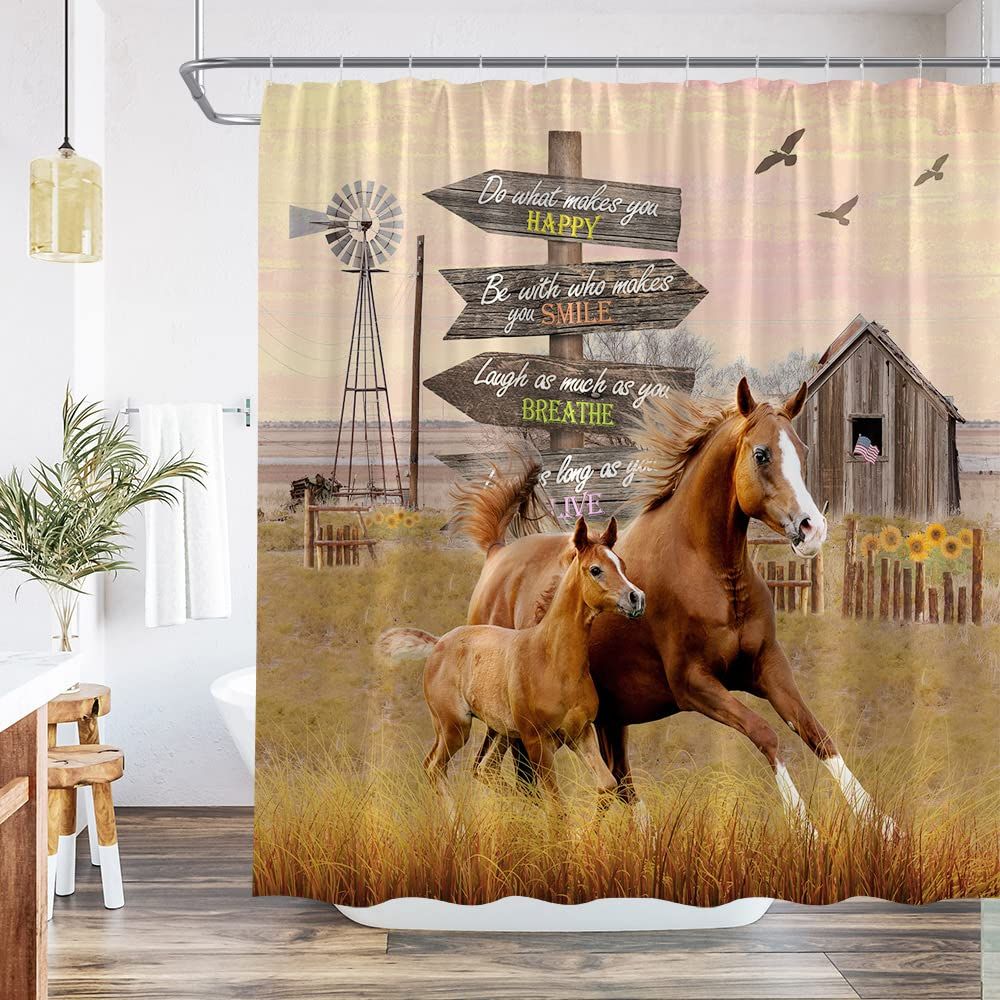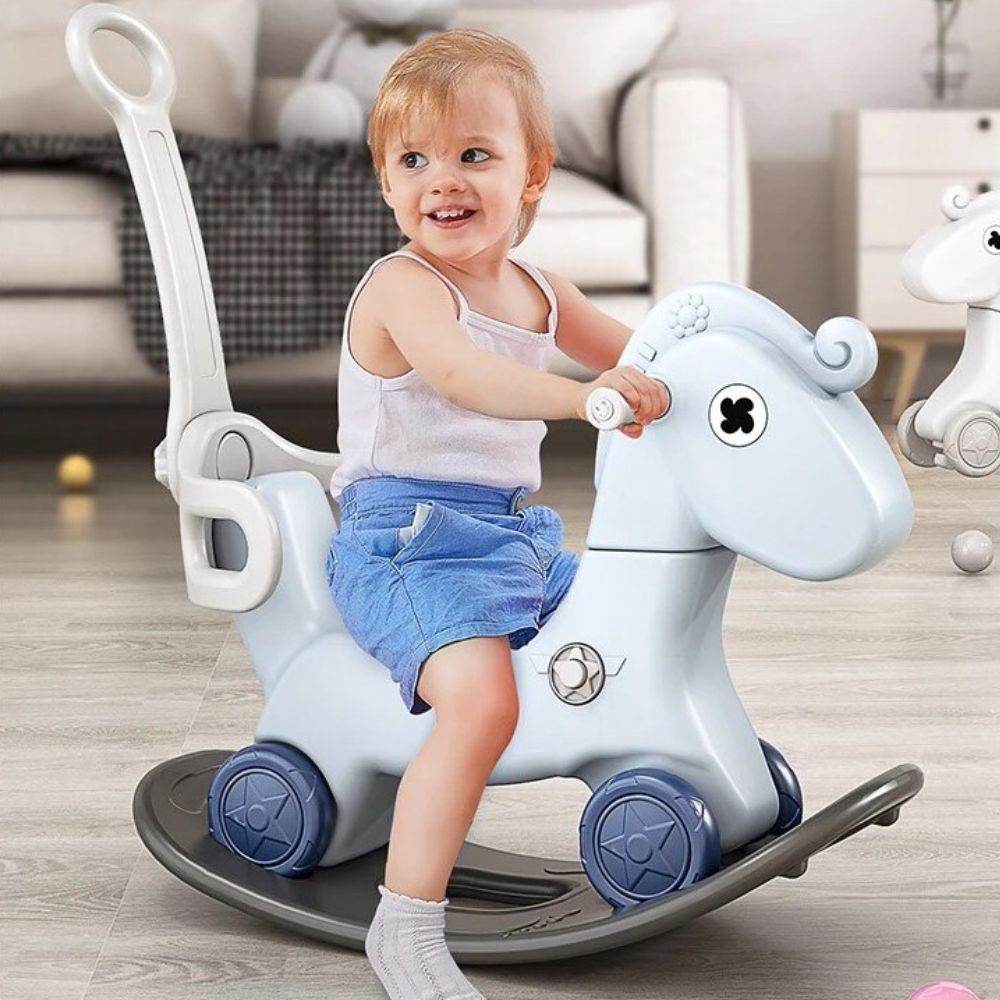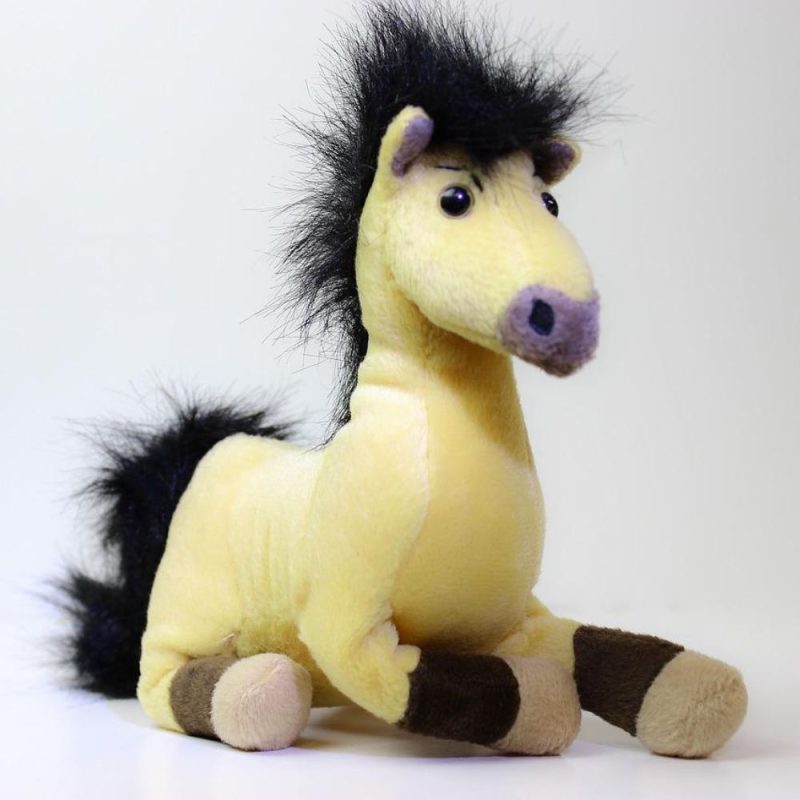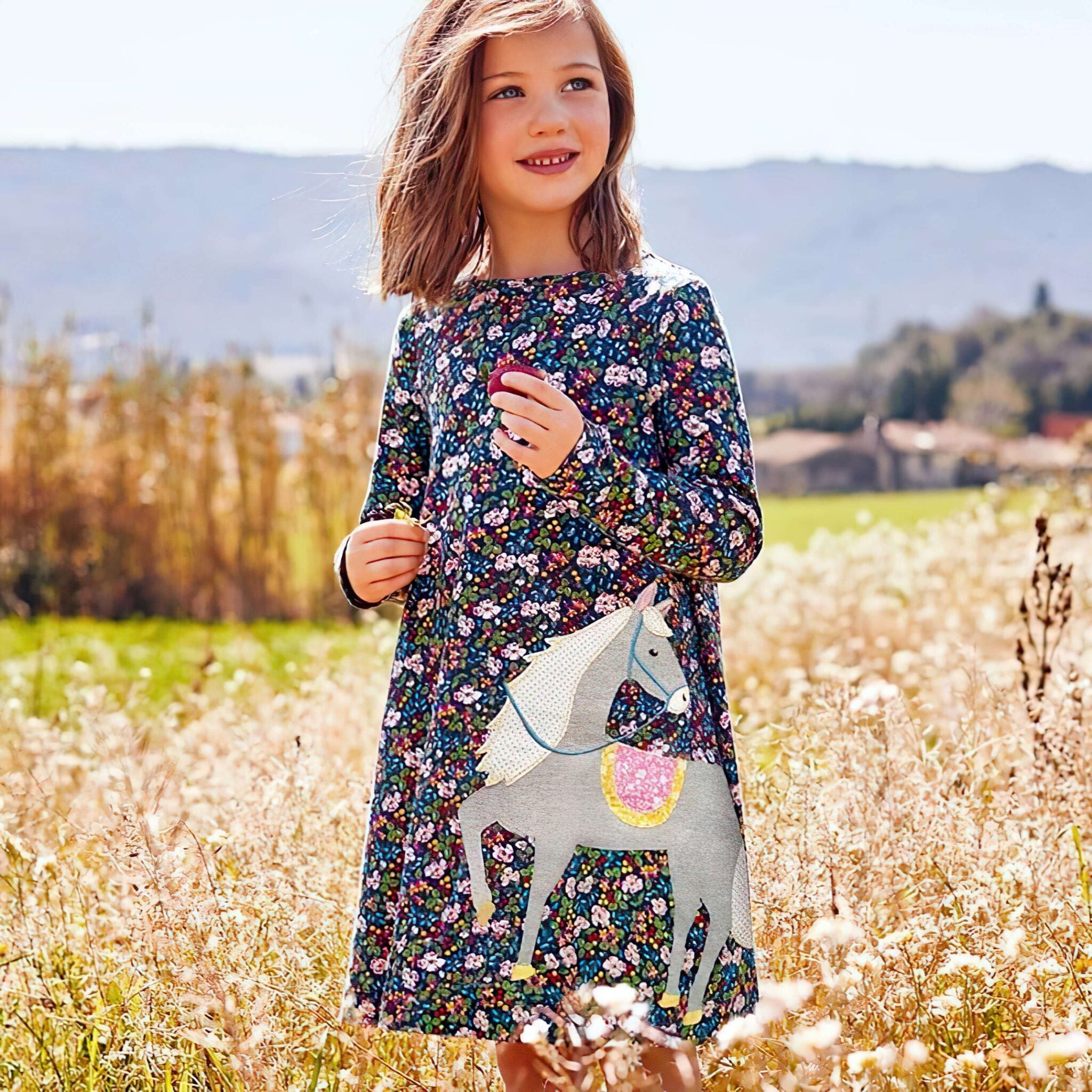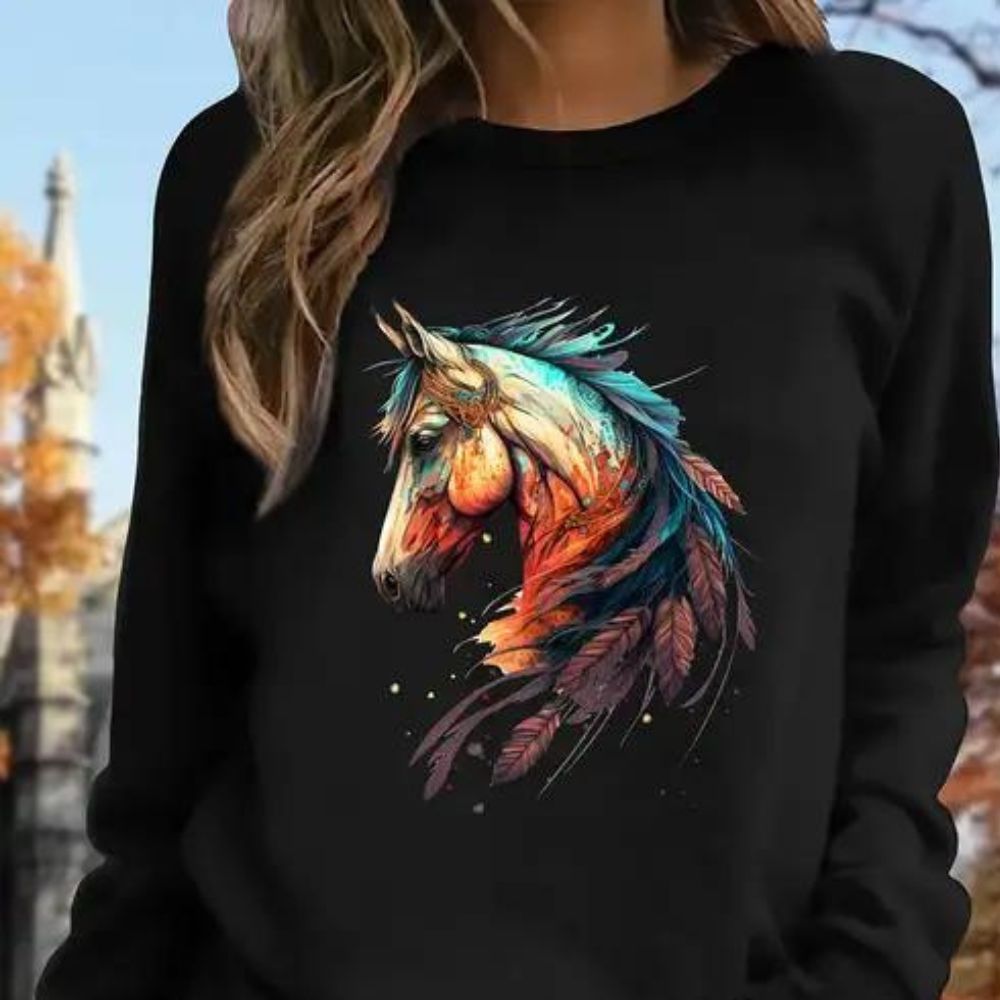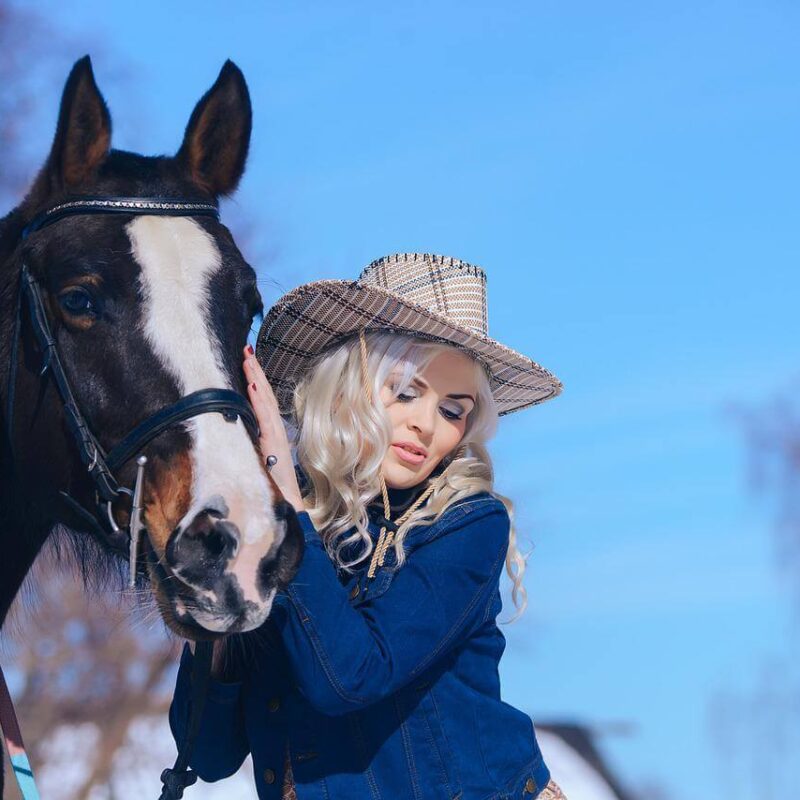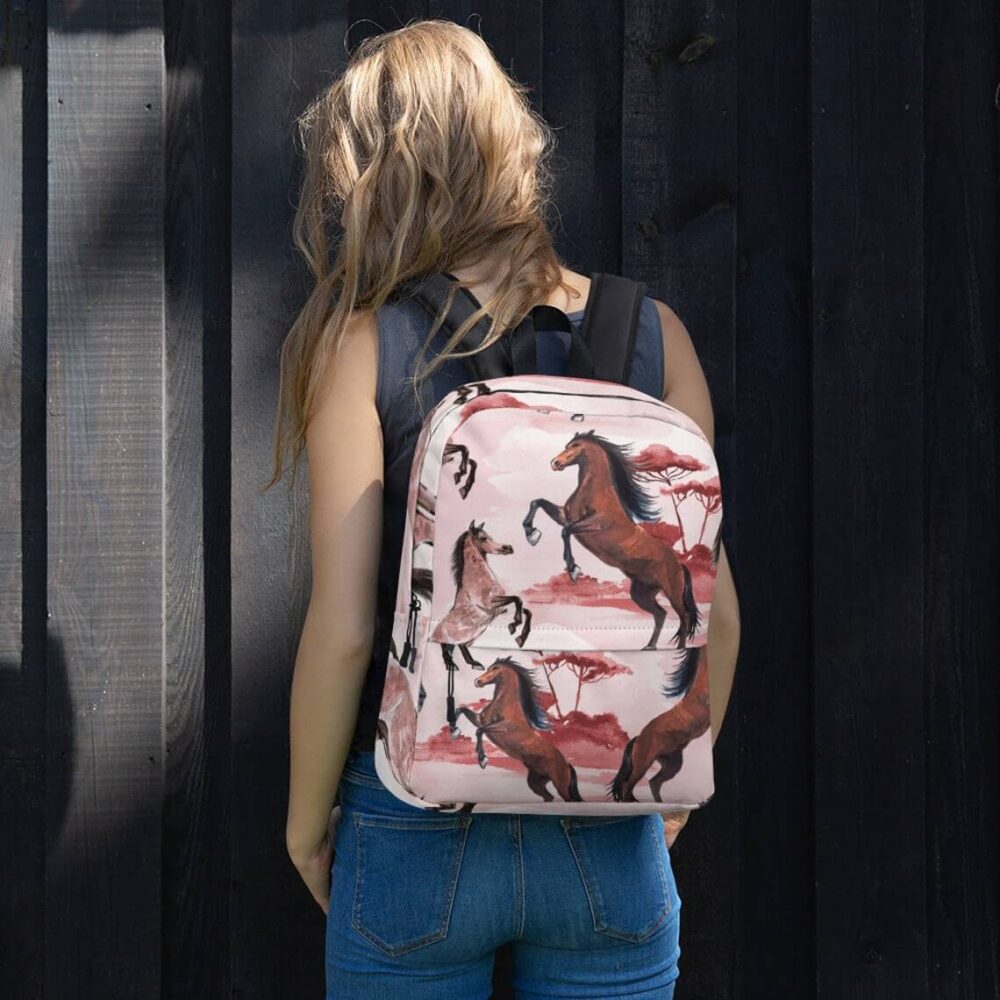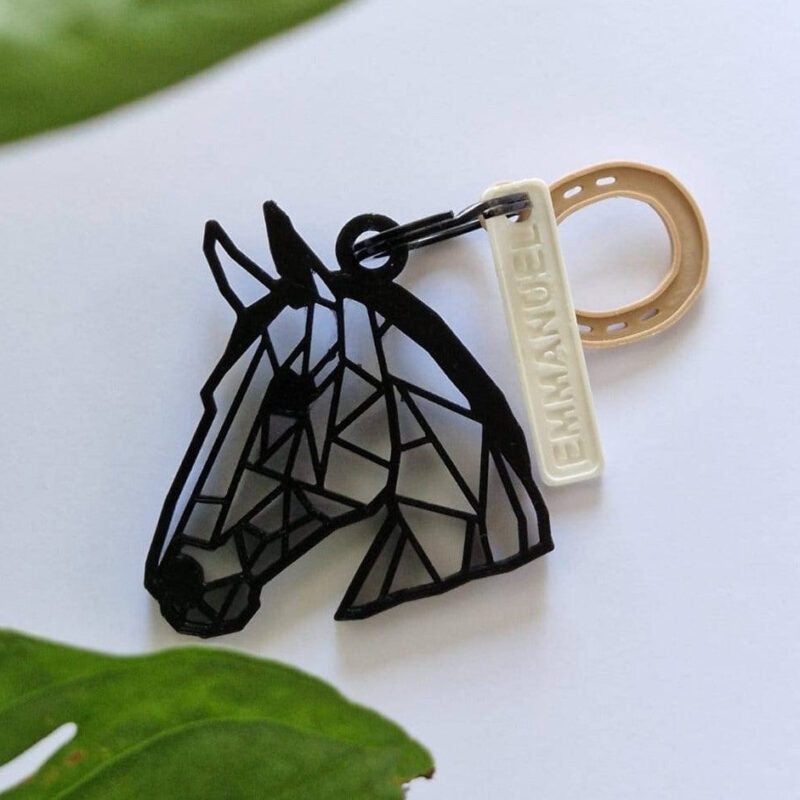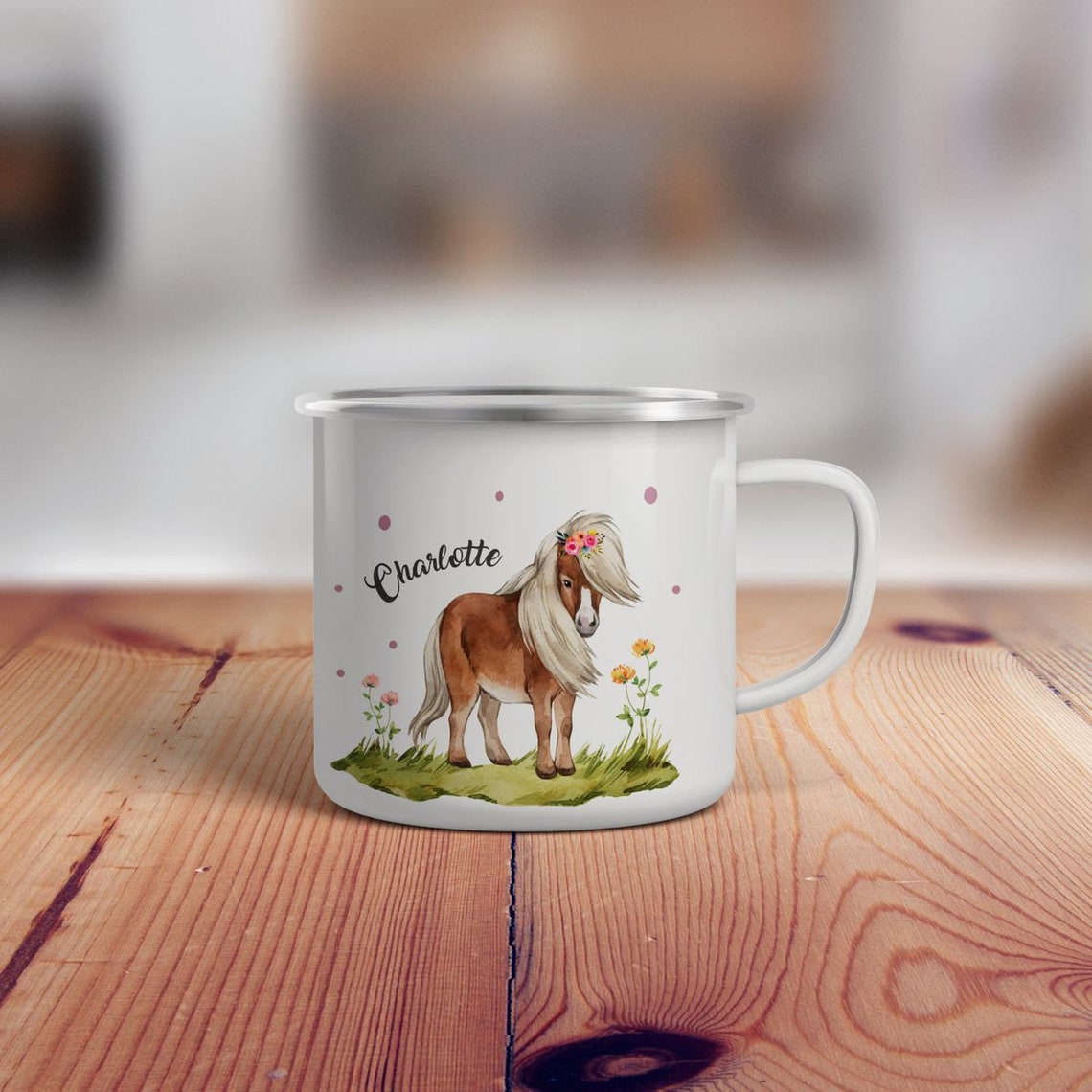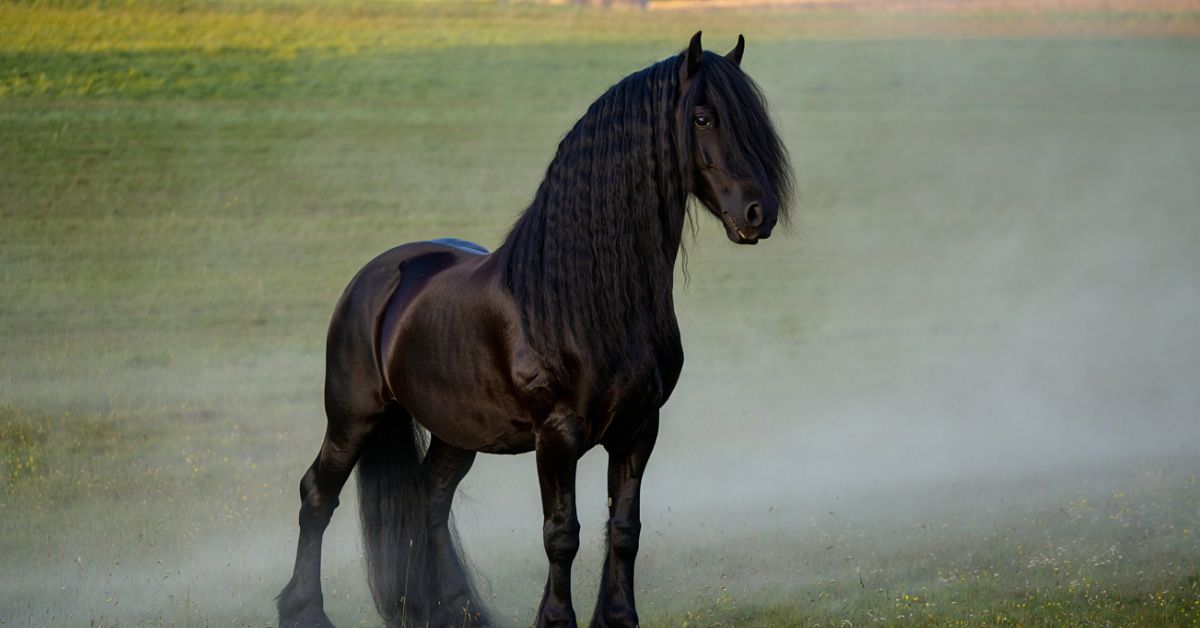
What is the Rarest Horse Breed? Discovering the World's Most Endangered Equines
What is the rarest horse breed? This question fascinates equestrians worldwide, and the answer might surprise you. The rarest horse breed is currently the Abaco Barb, with fewer than 10 individuals remaining as of 2024. However, several other endangered equines compete for this heartbreaking title, including the American Cream Draft with only around 400 horses, the Suffolk Punch with approximately 300 worldwide, and the Newfoundland Pony with just over 400 registered animals. These magnificent creatures face extinction risk due to low population numbers, limited genetic diversity, and changing agricultural needs. Understanding these rare livestock breeds isn't just about statistics—it's about preserving living history and celebrating the unique characteristics that make each breed irreplaceable. 🌟
Every horse lover knows the thrill of discovering something truly special. When you're passionate about these majestic animals, learning about what is the rarest horse breed connects you to a global community dedicated to equine preservation. At Dream Horse, we celebrate this passion through our carefully curated gifts for horse lovers—from elegant equestrian jewelry to stunning decor that honors these incredible animals.
CHAPTER 1 - Understanding What Makes a Horse Breed Rare
The Critical Status of Endangered Equines
When we ask what is the rarest horse breed, we're really exploring a complex story of conservation status, breeding programs, and human history. A critical breed is typically classified by organizations like The Livestock Conservancy or the Rare Breeds Survival Trust based on specific population thresholds.
Here's how rarity is measured:
-
Foundation stock numbers below 500 globally
-
Mares in existence fewer than 200 actively breeding
-
Stallion lineage with limited genetic lines
-
Inbreeding coefficient showing concerning genetic bottlenecks
-
Registration in smallest stud books with declining annual registrations
The breed registry organizations worldwide maintain these numbers, placing threatened horses on a global watch list. As of 2023, the Equus Survival Trust identified over 40 horse breeds at risk of extinction.
Why Horse Breeds Become Endangered
The story behind rare breeds is deeply human. These heritage breeds often served specific purposes—pulling plows, transporting goods, or working in harsh conditions. When tractors replaced horses in the mid-20th century, many working nag horse populations plummeted dramatically.
-
Mechanization of agriculture reduced demand for draft horses
-
Crossbreeding diluted purebred populations
-
Wars decimated native horse breeds in conflict zones
-
Economic pressures made maintaining bloodlines financially challenging
-
Loss of specific country of origin knowledge disrupted breeding programs
Think of it like this: imagine if smartphones suddenly made your favorite hobby obsolete. That's what happened to countless utility horse breeds between 1920 and 1960. The historical significance of these animals couldn't save them from economic reality.
CHAPTER 2 - The World's Rarest Horse Breeds Revealed
Abaco Barb: The Crown of Rarity
What is the rarest horse breed today? The Abaco Barb from the Bahamas holds this tragic distinction. In 2024, fewer than 10 of these unique feral populations survive. These small horses, standing 13-14 hands high, descended from Spanish stock brought to the Americas in the 16th century.
Their unique characteristics include incredible heat tolerance, sure-footedness on rocky terrain, and a gentle temperament. The breed association working to save them faces enormous challenges with such low population numbers—the genetic diversity needed for sustainable breeding simply doesn't exist anymore.
American Cream Draft: America's Only Native Draft Breed
With approximately 400 horses worldwide, the American Cream Draft represents genuine American agricultural history. Recognized officially in 1944, this breed features a stunning cream-colored coat, pink skin, and amber eyes—traits that make them instantly recognizable.
The breed standard requires:
-
Cream, light cream, or gold champagne coloring
-
Amber eyes (called "hazel" eyes historically)
-
Pink skin visible on muzzle and ears
-
Draft horse conformation with hoof health typical of coldbloods
-
Calm, willing temperament ideal for work
Their conservation status improved slightly since 2000, but they remain critically endangered. Breeding programs now utilize veterinary genetics to maximize genetic diversity while maintaining breed purity.
Suffolk Punch: England's Gentle Giant
The Suffolk Punch, always spelled without the "Shire" suffix, numbers around 300 globally as of 2023. These draft horses originated in Suffolk, England, in the 16th century, making them one of the oldest heritage breeds still existing.
"The Suffolk Horse is the oldest breed of heavy horse in Great Britain," notes the Suffolk Horse Society, established in 1877.
Every Suffolk Punch alive today traces back to a single stallion lineage—a horse foaled in 1768 called "Crisp's Horse of Ufford." This extreme genetic bottleneck creates both identity and survival challenges. Their chestnut coloring (spelled "chesnut" traditionally—no "t"!), compact build, and incredible pulling power made them invaluable farm partners.
Express your love for these magnificent creatures with our equestrian jewelry collection at Dream Horse, where each piece celebrates the spirit of horses like these rare livestock breeds. 🐴✨
CHAPTER 3 - More Critically Endangered Breeds Worth Knowing
The Newfoundland Pony: Canada's Maritime Treasure
Standing 11-14.2 hands, the Newfoundland Pony represents 400 years of Canadian agricultural history. These hardy ponies worked alongside fishing families, hauling nets, pulling carts, and navigating harsh coastal terrain. By 1997, only 249 ponies remained, earning them endangered equines status.
The Breed Association implemented aggressive survival efforts including:
In situ conservation: Maintaining breeding populations in Newfoundland's native environment Ex situ conservation: Establishing herds in other Canadian provinces Cryopreservation: Banking genetic material for future breeding Educational programs connecting new generations to their heritage breeds
Today, approximately 450 Newfoundland Ponies exist, showing that dedicated equine preservation works. Their gestation period of 11 months and strong maternal instincts help, but finding homes for foals remains challenging.
The Caspian Horse: Ancient Persia's Living Legacy
Imagine a horse so rare it was believed extinct for 1,300 years. The Caspian Horse, rediscovered in 1965 in Iran's Elburz Mountains, might be the oldest breed on Earth. Archaeological evidence suggests these horses pulled royal chariots in ancient Persia around 3000 BCE.
These elegant ponies (standing 10-12 hands) possess unique characteristics that puzzle scientists—including an extra vertebra, different scapula formation, and a distinctive head shape with large eyes. Their bloodline rarity makes every individual precious.
Current population estimates suggest 2,000 Caspians worldwide, with the largest populations in Iran, the UK, and the United States. Their specific country of origin became problematic after Iran's 1979 revolution disrupted breeding programs, making international cooperation essential for survival.
Cleveland Bay: England's Oldest Established Breed
The Cleveland Bay, with roughly 500-600 horses globally, served British royalty and farmers alike since medieval times. These warmbloods excel at carriage driving, with Queen Elizabeth II maintaining a stud to preserve them.
Their solid bay coloring (no white markings except a small star), powerful build, and versatile temperament made them valuable crossbreeding stock—which ironically threatened purebred survival. Many famous sport horses carry Cleveland Bay genetics, but purebreds remain critically rare.
The breed registry now requires DNA verification, ensuring accurate pedigrees and preventing registry fraud that plagued earlier conservation attempts. This technological approach to equine preservation offers hope for many endangered equines.
The Eriskay Pony: Scotland's Island Survivor
Found on Scotland's Hebridean Islands, the Eriskay Pony nearly vanished by 1970, with only 20 breeding animals remaining. These tough, waterproof-coated ponies hauled peat, carried loads across rough terrain, and even swam between islands.
Their native horse breeds classification protects them as part of Scotland's cultural identity. Approximately 420 Eriskays exist today, thanks to passionate survival efforts by islanders and the Eriskay Pony Society, founded in 1972.
Celebrate these remarkable animals with our equestrian-themed home decor from Dream Horse—beautiful sculptures and posters that bring the majesty of rare breeds into your space! 🏡
CHAPTER 4 - Conservation Efforts and How We Can Help
The Science Behind Saving Rare Breeds
Modern equine preservation combines traditional horsemanship with cutting-edge science. Veterinary genetics allows breeders to calculate inbreeding coefficients, identify genetic bottlenecks, and make informed breeding decisions that maximize genetic diversity.
Cryopreservation technology freezes stallion semen and even embryos, creating genetic insurance policies for critically endangered breeds. When the stallion lineage becomes too narrow, frozen genetics from deceased stallions can introduce needed diversity.
Think of it as a biological backup drive—except instead of family photos, you're preserving entire evolutionary histories.
Breeding Programs That Work
Successful breeding programs balance multiple priorities:
Genetic health: Avoiding matings that increase inbreeding coefficient above safe thresholds (typically 6.25%)
Phenotype preservation: Maintaining the breed standard characteristics that define each breed
Population growth: Ensuring enough mares in existence produce foals annually to grow populations
Geographic distribution: Spreading horses across regions to prevent disease outbreaks from eliminating entire populations
Economic sustainability: Finding modern uses for heritage breeds so owners can afford to keep them
The American Livestock Breeds Conservancy reports that when a breed drops below 500 individuals, it enters a critical danger zone. Recovery requires coordinated international effort, often taking decades.
Finding Modern Roles for Heritage Horses
Why would anyone maintain a working nag horse breed in 2024? Because these animals offer value beyond nostalgia:
Sustainable agriculture: Draft horses work without fuel costs, compact soil less than tractors, and produce valuable manure. Small farms increasingly appreciate these draft horses for environmental reasons.
Therapeutic riding: Many rare livestock breeds possess calm temperaments ideal for equine therapy programs. Their heritage breeds status also provides educational opportunities.
Breed preservation grazing: Conservation organizations use hardy native horse breeds to manage landscapes, preventing brush overgrowth in nature preserves while maintaining horse populations.
Tourism and education: Rare breed farms attract visitors, creating economic incentives for preservation while teaching agricultural history.
As equestrian legend William Steinkraus once said, "Riding a horse is not a gentle hobby, to be picked up and laid down like a game of solitaire. It is a grand passion." That passion now extends to preserving these magnificent endangered equines.
How Horse Lovers Can Make a Difference
You don't need to own land or horses to support equine preservation:
-
Support breed associations: Organizations like The Livestock Conservancy, Rare Breeds Survival Trust, and specific breed registry groups need donations and volunteers.
-
Visit rare breed farms: Tourism dollars support preservation farms financially while spreading awareness.
-
Choose rare breed products: Some farms sell meat, fiber, or services from rare breeds, creating economic sustainability.
-
Share their stories: Social media awareness campaigns help endangered equines find new supporters and homes.
-
Celebrate through art and jewelry: Wearing equestrian-themed jewelry from Dream Horse sparks conversations about horse conservation. When someone compliments your horse necklace, you can share why preserving rare livestock breeds matters! 💝
Our gifts for horse lovers collection lets you express your passion while supporting the equestrian community.
CHAPTER 5 - The Future of Rare Horse Breeds
Technological Hope for Endangered Equines
The future of rare breeds looks brighter than ever, thanks to scientific advances. Veterinary genetics now allows:
Genomic selection: Identifying horses carrying desirable traits without waiting for offspring, accelerating breeding programs by years.
Embryo transfer: Valuable mares in existence can produce multiple foals annually through surrogate mothers, rapidly increasing foundation stock.
Cloning potential: While controversial, cloning technology could resurrect recently extinct breeds if genetic material exists. The Przewalski's horse, extinct in the wild, returned through careful breeding from zoo populations—proving recovery is possible.
Gene editing considerations: Future technologies might address genetic bottlenecks by introducing diversity from related breeds, though ethical debates surround this approach.
Global Cooperation and Watch Lists
The global watch list maintained by organizations worldwide now facilitates international cooperation. When a breed needs stallion lineage diversity, breeders coordinate across continents, shipping frozen semen or live horses to introduce new bloodlines.
In 2019, the Food and Agriculture Organization (FAO) reported that approximately 8% of livestock breeds worldwide face extinction risk—a number that's actually improved from 10% in 2010, showing conservation works.
Economic Realities
Let's be honest: saving rare livestock breeds costs money. A single draft horse eats $2,000-$4,000 in feed annually, plus veterinary care, hoof health maintenance, and facility costs. Multiply that by breeding herds of 20-50 animals, and you understand why breed associations struggle financially.
However, creative solutions emerge:
-
Heritage breed meat markets for horses unsuitable for breeding
-
Tourism operations featuring rare breeds
-
Government agricultural heritage grants
-
Breed sponsorship programs connecting donors with specific horses
-
Educational partnerships with schools and universities
The Role of Passion in Preservation
Here's the truth: what is the rarest horse breed isn't just a trivia question—it's a call to action for everyone who loves horses. These heritage breeds survived wars, industrial revolutions, and economic collapses because passionate individuals refused to let them disappear.
You're part of that story now. Every time you wear equestrian jewelry from Dream Horse, decorate your space with horse-themed art, or share knowledge about endangered equines, you contribute to their survival. Express your individuality through your love of horses—it matters more than you think! 🌟
The smallest stud books in 2024 belong to breeds teetering on extinction's edge, but every single foal born represents hope. The gestation period of 11 months means each breeding season counts, making time both enemy and ally in conservation.
Assert your individuality as a horse lover who cares about preservation. The rarest domestic animals need champions, and that champion could be you.
Frequently Asked Questions on the Rarest Horse Breeds
What is the rarest horse breed in the world today?
The Abaco Barb currently holds the title of rarest horse breed, with fewer than 10 individuals remaining as of 2024. However, several other breeds compete for this distinction, including the American Cream Draft (approximately 400 horses), Suffolk Punch (around 300), and Newfoundland Pony (just over 400). These critically endangered populations face extinction risk due to low population numbers and limited genetic diversity. The conservation status of these breeds changes annually based on breeding success and survival rates.
How many horses does a breed need to survive?
Geneticists suggest a minimum foundation stock of 500 horses provides sufficient genetic diversity for long-term survival without excessive inbreeding coefficient problems. Ideally, at least 100 mares in existence should actively breed annually, with multiple stallion lineage lines available. Below these thresholds, genetic bottlenecks threaten breed health. The breed registry organizations typically classify breeds with fewer than 500 individuals globally as critically endangered, placing them on the global watch list for intensive survival efforts.
Can extinct horse breeds be brought back?
While true extinction is permanent, some breeds believed extinct have been rediscovered or reconstructed through careful breeding programs. The Caspian Horse, missing for 1,300 years, was rediscovered in 1965. Cryopreservation of genetic material now offers hope for recently extinct breeds, potentially allowing future revival through veterinary genetics technology. The breed association networks work to prevent extinctions before they occur, making proactive equine preservation more effective than attempted recovery.
What makes a horse breed "critically endangered"?
A critical breed designation typically means global population below 500 horses, with fewer than 1,000 annual registrations in the breed registry. Organizations evaluate conservation status based on population trends, genetic diversity measures, and breeding programs effectiveness. Factors include the number of mares in existence, available stallion lineage, inbreeding coefficient levels, and whether feral populations supplement domestic numbers. Breeds on the global watch list receive priority for in situ conservation and ex situ conservation funding.
Are rare horse breeds more expensive to buy?
Rare breed pricing varies dramatically. Some heritage breeds cost less than popular breeds because demand is lower, while others command premium prices due to scarcity. An old nag horse from a common breed might cost $500-$2,000, while a registered rare livestock breeds individual could range from $3,000 to $20,000+ depending on breeding quality and bloodline rarity. However, the true cost lies in supporting breeding programs and maintaining breed standard quality rather than initial purchase price.
How can I help save endangered horse breeds?
Support breed associations through donations, volunteer work, or membership. Visit and promote rare breed farms to provide economic incentives for preservation. Consider adopting or leasing a rare breed horse if you have facilities. Share information about endangered equines on social media to raise awareness. Purchase products from preservation farms when available. Most importantly, educate yourself and others about agricultural history and why heritage breeds matter. Even small actions contribute to equine preservation—like wearing equestrian jewelry from Dream Horse that celebrates these magnificent animals and sparks conversations about conservation! 🐴💚

